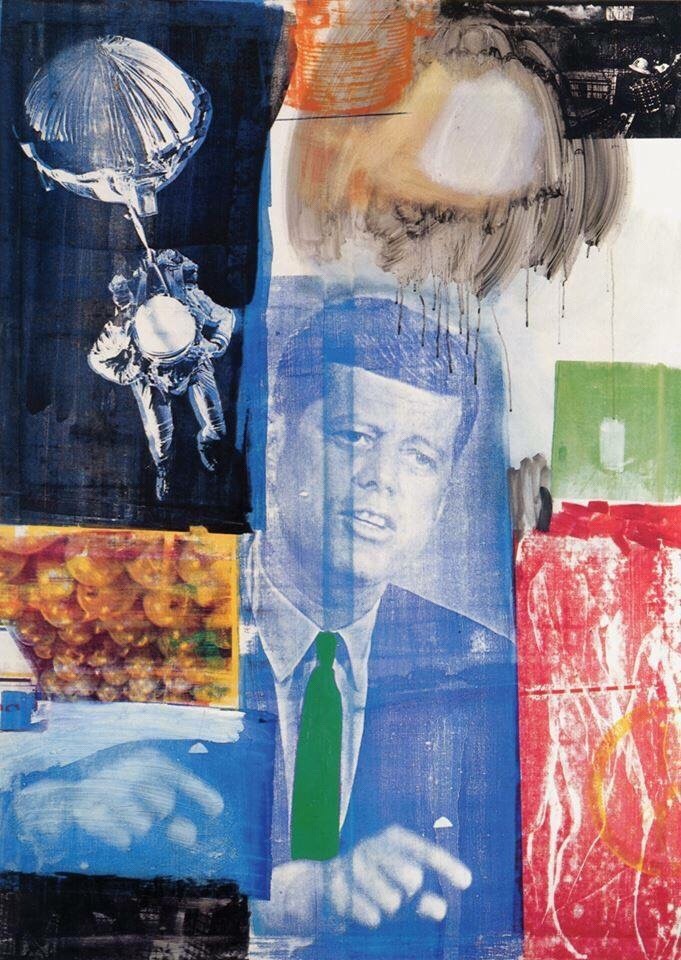This was my third visit to the ArtScience Musuem located at the Marina Bay Sands. To begin with, I found the exhibiton very intriguing and brought various degrees of provocation by reflecting with a humanistic angle regarding cyborgs, cybernetics and bio-hacking.
This artwork was a project set up to explore questions arriving from the use of living tissues to grow and take shape, to form semi-living organisms/objects.
Upon my initial view and reading at work, I was aware that these miniature objects/dolls were somewhat living. In a way, the overarching curatorial theme had managed to influence my understanding of the artwork. Nonetheless, it managed to sway me towards reacting emotionally. The provocation lies from the use living cells and confining it within the space of test tube to mimic the concept of living, breathing but soul-less. Personally, I feel that the artist had intended to relay the notion of creating and shaping a lifeform, almost as if imitating the power of God. As such, I am on the fence regarding this artwork. I find it cliche to mimic the power of God; creating and reducing life but excellent in its delivery as it presented us through the concept of the threshold between life and death; a state of nothingness suspended in a void.
The use of macro photography, combined with an installation of the work itself was great in allowing use viewers a closer view of the organisms. It had adequately relayed the our initial reading of the concept and form a deeper connection between our emotional reactions and the objectivity.
However, upon reading the artist’s statement – this project was elaborated through the use of a pre-fabricated doll via the use of polymers before eventually allowing the living cell organism to take control of it. After much thought, I had realised it was not as provocative as I thought it would be. Allowing a fabricated doll for the living cells to grow and latch upon reduced the concept as a form of poor mimicry. It also reduces the level of our reading as we realise these living cells were not really given the choice to take its own shape.
Nonetheless, did does not undercut the level of provocation I feel with regards to the overarching theme. To dabble with the notions of life and questioning what is means to being alive with the use of science intrigues me.
My initial impression ofDemers’ artwork, an installation composed many faces evoked the familiarity of the ‘Many-Faced Gods’ from the TV series Game Of Thrones. Followers and assasins of this God can prey upon targeted victims and scrape away their faces to be used as a mask, allowing them to change and warp into various identities.
Interesting enough, I had perceived this artwork in the aforementioned way that I began to felt creeped out. As the eyes of these robotic masks shifts its gaze via the infrared camera, I began to realise an underlying horror. Regardless of the uniformity of these faces, the shift of its eyes gazed its horror upon us. I felt at an unease once I had realise that it was no different than our surveillance cameras – constantly gazing under a watchful eye. But why is it this sense of discomfort more apparent?
Perhaps I realise that these robotic faces inked a not-so-distant future of cyborgs living next to me, who’s faces could betray it’s own emotions.
If this was the artist’s intention then I feel that the artist had done it with great justice. The execution of the concept was wonderfully done. If it was meant to cause a deeper, unexplainable reaction, then the artist had successfully done so.
After reading the artist’s statement, I had realised my initial impression and reading were somewhat related to his intentions. Demers had intented to ‘experiment with the enigmatic gaze of disembodied’ eyes and why humans start to feel unease with robotic agents.
Nonetheless, I feel that the curatorial approach towards this piece was rather lacking. I think it could have been able to stand by its own, rather than being propped onto the cornered wall. Although its intention were to have its eyes follow our movement as we progress along the show, I think having this artwork shown as a central and impsoing installation could provoke the concept even further.









